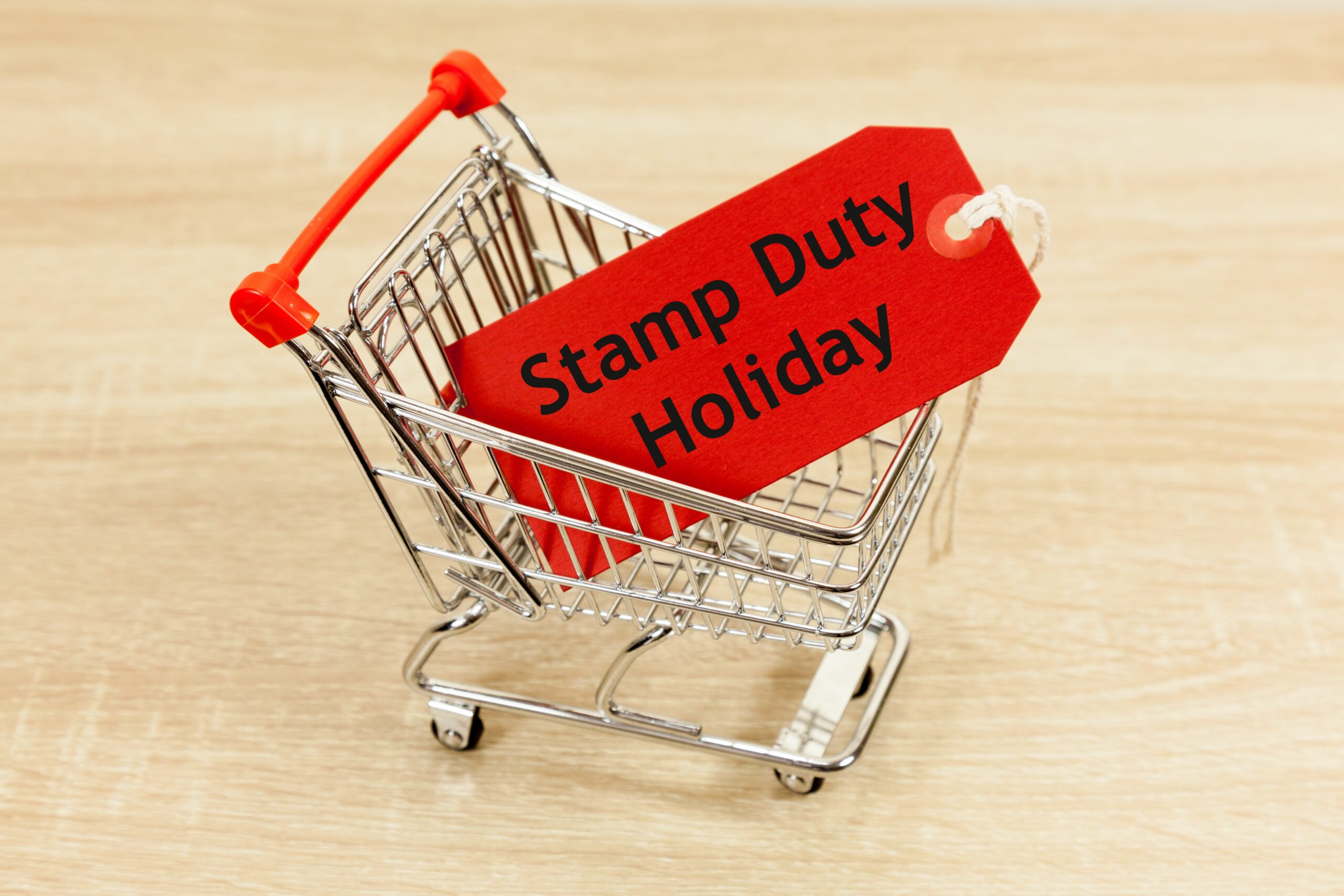During the current Covid-19 pandemic the housing market has been hit hard due to the lockdown restrictions making it all but impossible for home viewings to occur. Added to this has been the financial uncertainty for many people who have been furloughed meaning that they have put buying a house on hold.
According to Zoopla housing transactions could be down by 50% this year and the Government is keen to boost the housing market. This boost isn’t just about property sales but also about boosting associated economies such as conveyancing, decorating services, removal firms and general home improvements.

In an attempt to kick-start the housing market, the Chancellor announced, on the 8th of July that he was implementing a stamp duty holiday which will run until March 2021.
Pre-Holiday System
Stamp duty is essentially a tax collected by the Government on house transactions. Before the changes were introduced the rates were:
- For properties up to £125,000 value: 0% of the sale price payable as Stamp Duty
- Properties from £125,001 to £250,000: 2% of the sale price payable as Stamp Duty
- Properties from £250,001 to £925,000: 5% of the sale price payable as Stamp Duty
- Properties from £925,000 to £1.5m: 10% of the sale price payable as Stamp Duty
- Properties above £1.5m: 12% of the sale price payable as Stamp Duty
There were exemptions for first time buyers where Stamp duty was not payable on the first £300,000 as long as the property did not cost more than £500,000.
Anyone buying a second property for more than £40,000 would pay an extra 3% stamp duty on top of the normal rates. So, for houses over £40,000 and up to £125,000 you would pay 3%, on the whole value, rather than 0%, for the portion from £125,001 to £250,000 you would pay 5% and not 2% and so on.
Stamp Duty Holiday
The stamp duty holiday will benefit those purchasing homes less than £500,000 as the new threshold for having to pay stamp duty has been set at £500,000. The new rates are shown below.
- For properties up to £500,000: 0% of the sale price payable as Stamp Duty
- Properties £500,001 to £925,000: 5% of the sale price payable as Stamp Duty
- Properties £925,001 to £1.5m: 10% of the sale price payable as Stamp Duty
- Properties above £1.5m: 12% of the sale price payable as Stamp Duty
The 3% surcharge for second properties remains at 3%.
Savings potential
A home mover buying a £500,000 property, under the old system, would pay £15,000 in stamp duty. Under the holiday scheme, they would pay nothing. A first-time buyer buying a £500,000 home would have paid £10,000 under the old system and will pay nothing under the new system. There is no benefit, however, for a first time buyer buying a home under £300,000 as under the old and new scheme they would pay nothing. Similarly those purchasing properties in the higher brackets will also save £15,000.
Timings
The scheme came into force on 8th July 2020 and will run to the 31st March 2021. Any property purchases completed between those times will be subject to the new stamp duty regime.
Stamp duty holidays are not new, but they do help property buyers save a lot of money, which either makes the purchase more affordable or gives them spare cash to spend on home improvements and décor etc. Because it is time limited, if you are looking to purchase a new home, remember it takes anywhere between 8 & 22 weeks to complete the transaction (dependent on complexities) that doesn’t really give you a lot of ley way so we advise to start your property search now!






